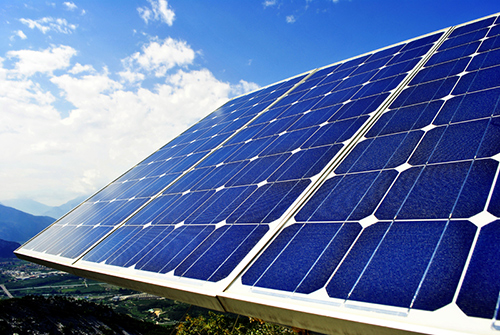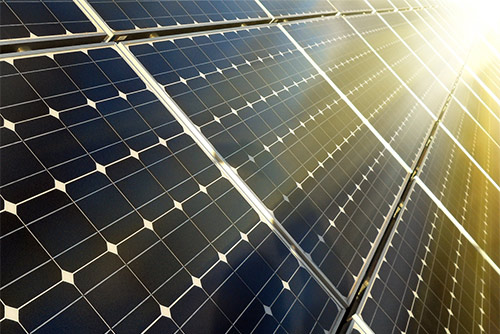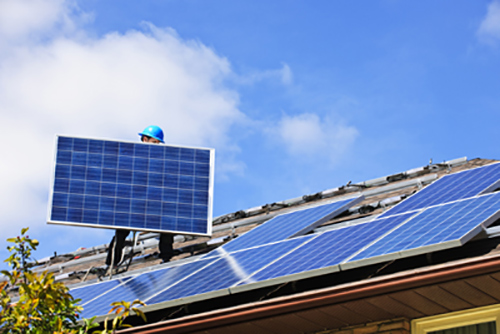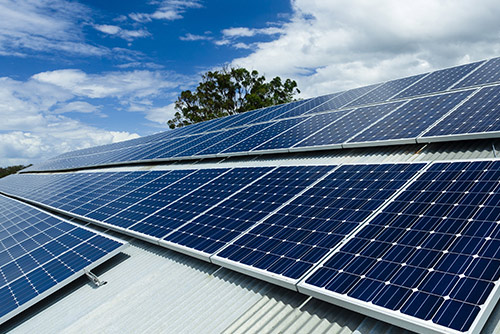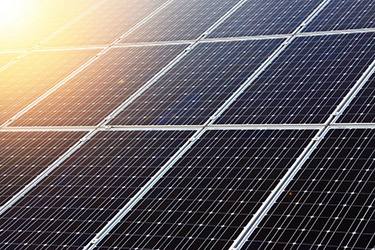Solar Energy in Peak, SC
Solar Energy in Peak
Sorry, historical solar radition values for Peak are currently unavailable, please check back later.
Solar Panels in Peak
Solar panels in Peak that will produce the maximum solar energy output. [More]
Sunrise & Sunset in Peak
The total length of the day in Peak, SC today (April 25, 2024) will be 13 hours and 27 minutes. [More]




